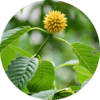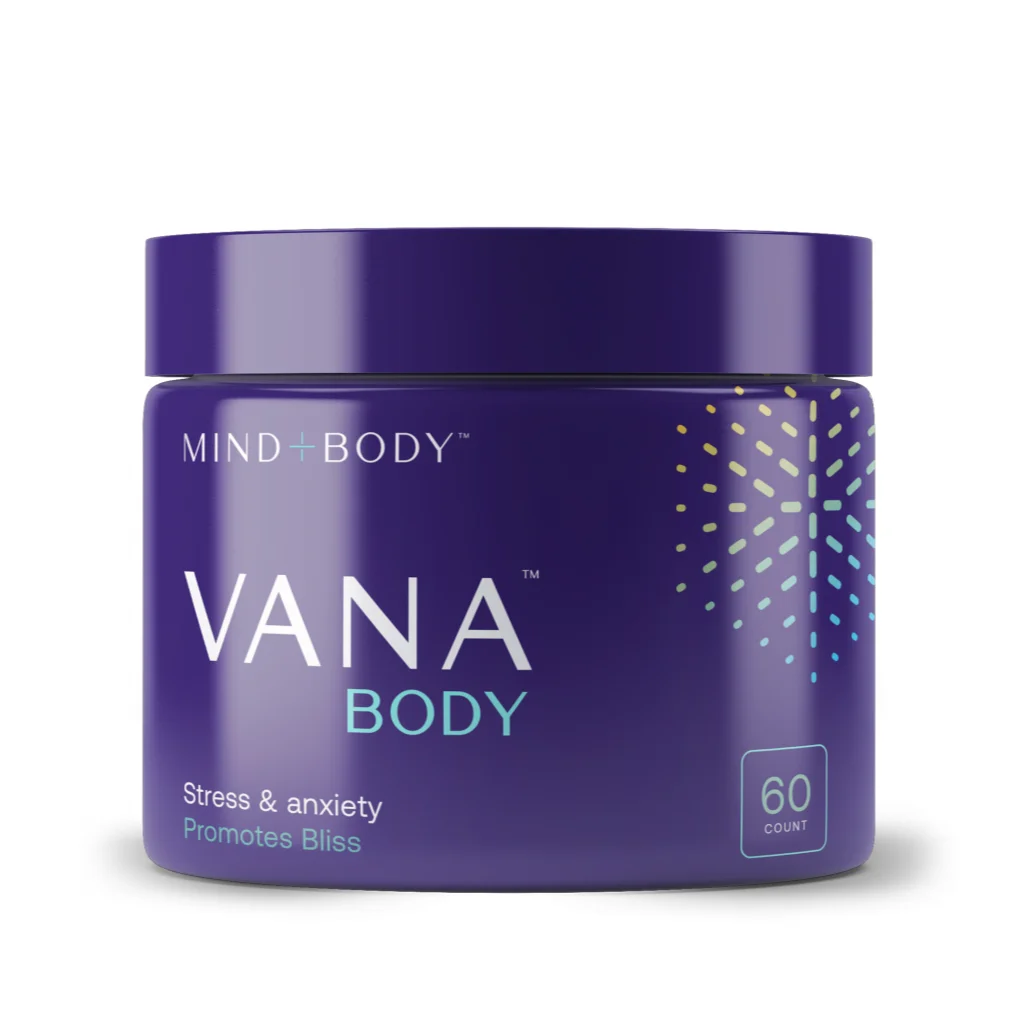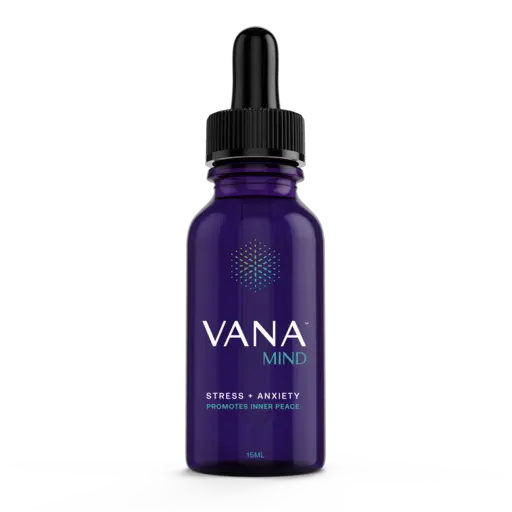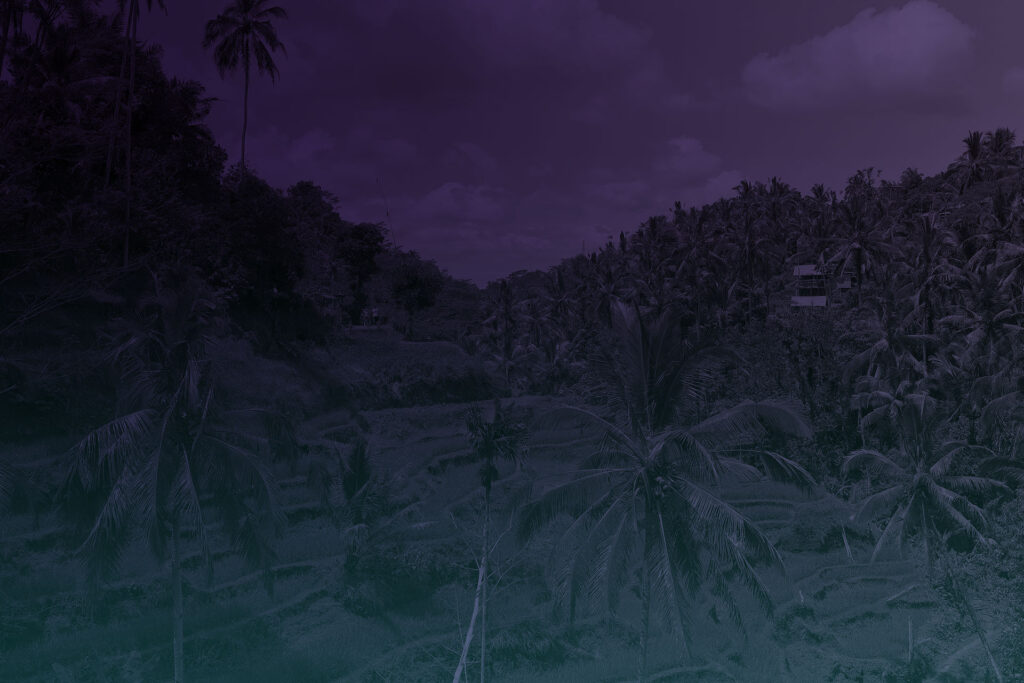A Growing Problem
Millions are spent each year on a variety of medications that may be doing more harm than good in the areas of depression, anxiety, worry, PTSD and stress. A range of side effects may include nausea, dizziness, sexual dysfunction, weight gain, worsening emotional conditions, and sleep disturbances.1-3 Unfortunately, the reality is prescription medications have serious side effects- here are just a few:
Emotional Blunting
One of the more distressing side effects reported by individuals taking anxiety & depression medications is emotional blunting.4 While these medications aim to alleviate symptoms of depression and anxiety, they can inadvertently dampen all emotions, including positive ones. Some patients describe feeling emotionally numb, detached, or unable to experience pleasure or enthusiasm. Emotional blunting can hinder personal relationships, reduce motivation, reduce the desire to exercise or be outdoors & increase the desire for sugary foods – causing weight gain and body image anxiety, and diminish our overall zest for life.
Increased Risk of Suicidal Thoughts
Perhaps the most concerning and controversial side effect associated with certain depression and anxiety medications is an increased risk of suicidal thoughts or behavior, especially among children, adolescents, and young adults.5 It is important to note that while these risks exist, they are relatively rare, and the benefits of medication often outweigh the potential drawbacks.
Escalating Symptoms
In some cases, depression and anxiety medications can induce an escalation of symptoms instead of alleviating them.6 For example, certain individuals may experience increased agitation, irritability, heightened anxiety, or weight gain.
Withdrawal Symptoms and Dependency
Long-term use of depression and anxiety medications can lead to physical and psychological dependence.7 Abrupt discontinuation or improper tapering off these medications can result in withdrawal symptoms such as irritability, insomnia, dizziness, and flu-like symptoms. This aspect underscores the importance of a gradual and supervised tapering process under the guidance of a healthcare professional.
What is the solution to the problems
outlined in this article?
Well at Mind & Body Naturals, we believe that Mother Nature has all the answers. After two years of human trials, thousands of hours of Research and Development and a commitment to helping our customers alleviate their mental and physical suffering, our proprietary Anxiety blends can and will solve many of the problems outlined in this article. They are made of 100% all-natural, non-addictive, plant-based ingredients – all from ethically sourced farms. Let’s talk about those ingredient blends and how they work next.
Mother Nature’s Answer
In the heart of Southeast Asia lies Mitragyna Speciosa, a botanical marvel known for its ancient history and impressive range of natural and plant-based benefits. Mitragyna Speciosa is also commonly referred to as Kratom. This tropical evergreen tree has captured the attention of modern society due to its potential to alleviate stress, anxiety, and boost mood.
Now let’s be SUPER CLEAR – we’re not talking about dangerous synthetic Kratom extracts or concentrates made in a lab. Opioids also had their beginnings in a harmless, plant-based poppy seed tea that had pain relieving and sedative properties. But someone decided it needed to be stronger, so went to work in the lab and the result is over 80,000 opioid-related deaths annually in this country – to say nothing of the harm opioid addiction does to individuals and families.
No, we believe that Mother Nature has all the answers. Which is why we are talking about a proprietary blend of 100% all-natural, non-addictive, plant based Kratom from ethically sourced farms.
For centuries, indigenous communities in countries like Thailand, Indonesia, and Malaysia have revered Kratom for its therapeutic properties.8 Traditionally, the leaves were chewed or brewed into a tea to enhance mood, increase energy, and relieve physical discomfort.9-11 Today, scientific research is beginning to unveil the secrets behind this ancient remedy.

While initially used for its stimulant effects research has found multiple uses for this ingredient including mood enhancement, anxiety relief, appetite suppression & weight loss, enhanced sociability, and antidepressant effects.10, 14, 15, 22, 29-32 Studies also indicate that 66% of respondents use Mitragyna Speciosa for Anxiety, PTSD, and Depression.20
One of Kratom’s primary active compounds is Mitragynine, which interacts with the brain’s opioid (Mu) receptors, influencing mood and pain perception.12, 13 Studies have shown that Mitragynine acts as an anxiolytic, effectively reducing anxiety levels without the sedative effects associated with conventional medications.14, 15 This makes Kratom, or Mitragyna Speciosa, an appealing natural alternative for those seeking relief from stress and anxiety without the risk of addiction or adverse side effects.14, 17,18
Moreover, Mitragyna’s interaction with the brain’s dopamine and serotonin receptors may explain its mood-boosting effects. Individuals often report feelings of euphoria, improved motivation, and increased focus after using Kratom in moderate amounts.19,20 This makes it a potential aid for those combating low mood or lack of enthusiasm in their daily lives.
Kratom has shown promise in managing chronic pain, a condition often accompanied by stress and anxiety.20-23 By acting on the body’s pain receptors, Kratom may offer natural pain relief, helping individuals to lead more comfortable and fulfilling lives.

Introducing Nature’s “Chill Pill”
By now you’re probably wondering how to get this proprietary blend of natural, ethically sourced, and affordable Kratom. We’ve got the solution!
We’re Mind and Body Naturals, a revolutionary wellness company with a range of all-natural, plant-based products across four categories – Sleep Disorders, Anxiety & Depression, Energy & Mental Focus (treating ADD & ADHD), and Pain. Our Mitragyna Speciosa blends are only one example of the dozens of “Secret all-natural Ingredients” that we use to help our customers feel like themselves again.
But how we came to be – our “why” is very personal. Jon Black, our founder & CEO had 2 very close friends commit suicide.
 During that same period, members of his own family began to experience significant mental health challenges.
During that same period, members of his own family began to experience significant mental health challenges.
That’s when he sought out – and began working with, naturopathic doctors, research scientists, and chemists. Together, they began researching the globe for all-natural, non-addictive, plant-based ingredients that would help his loved ones.
Two years of research and human trials followed, and Mind & Body Naturals is the result. Now, our vision is to relieve the mental and physical suffering of millions of people, using all-natural, non-addictive, plant-based medicine.
Our flagship and best-selling “natural bliss” products are Vana Body and Vana Mind both backed by over 2-years of pre-clinical human trials, over 150 scientifically published articles referenced, and thousands of positive reviews.

Our non-addictive, plant-based solution is rooted in nature, backed by extensive research and studies that have proven its’ effectiveness. Vana Body contains 60 capsules with our proprietary “Bliss Formula.” With well over 50 different strains globally, we’ve been hard at work creating and testing to produce the best possible blend of strains for our customers! Our proprietary blend of 100% Mitragyna Speciosa is packed into easily digestible vegetable capsules to provide you with the quick, effective support you need to help you Be Yourself AgainTM.

Vana Mind is another one of our non-addictive, plant-based solutions rooted in nature and backed by extensive research and studies. This formula provides a unique propriety blend of cannabinoids, terpenes, and essential oils with ingredients backed by research to provide stress support.17-21
The effects of Vana Mind are like Vana Body, but Vana Mind uses an oil dropper as the delivery method and can be used throughout the day – or as needed when anxiety begins to creep in. Place a few drops under the tongue and wait at least 60 seconds to properly absorb, then swallow.
So Why Two Products?
During our internal research and testing over a two-year period, we discovered that each user responds differently to our proprietary formulas. Some find more relief using Vana Mind throughout the day, and others prefer to take Vana Body first thing in the morning to start their day out right. But most of the people in the trials saw significant increases in the effectiveness of these products when they were both taken together.
How Soon Does It Work?
The calming, non-addictive, and non-drowsy effects of Vana Body and Vana Mind are typically felt within 30-90 minutes and can last throughout the day.
If You’re Looking To:
- Reduce Stress and Anxiety
- Boost Mood and Relax Naturally
- Decrease Appetite & Promote Weight Loss
- Balance Hormones and Promote Calmness
- Reduce the Symptoms of PTSD
Then we welcome you to try our products risk-free here! Enjoy a 60-day money-back guarantee and as part of our limited-time introductory promotion each of our products are just $9.99 each!
References
- Mayo Clinic Staff. “Antidepressants: Get Tips to Cope with Side Effects.” Mayo Clinic, Mayo Foundation for Medical Education and Research, 12 Sept. 2019, www.mayoclinic.org/diseases-conditions/depression/in-depth/antidepressants/art-20049305.
- National Institute of Health. “Mental Health Medications.” National Institute of Mental Health, June 2022, www.nimh.nih.gov/health/topics/mental-health-medications.
- Shuzhe Zhou, et al. “Adverse effects of 21 antidepressants on sleep during acute-phase treatment in major depressive disorder: a systemic review and dose-effect network meta-analysis”. Sleep, 2023
- Marazziti D, Mucci F, Tripodi B, Carbone MG, Muscarella A, Falaschi V, Baroni S. Emotional Blunting, Cognitive Impairment, Bone Fractures, and Bleeding as Possible Side Effects of Long-Term Use of SSRIs. Clin Neuropsychiatry. 2019 Apr;16(2):75-85. PMID: 34908941; PMCID: PMC8650205.
- McCain JA. Antidepressants and suicide in adolescents and adults: a public health experiment with unintended consequences? P T. 2009 Jul;34(7):355-78. PMID: 20140100; PMCID: PMC2799109.
- Mancuso CE, Tanzi MG, Gabay M. Paradoxical reactions to benzodiazepines: literature review and treatment options. Pharmacotherapy. 2004 Sep;24(9):1177-85. doi: 10.1592/phco.24.13.1177.38089. PMID: 15460178.
- MedlinePlus [Internet]. Bethesda (MD): National Library of Medicine (US); Dependent Personality Disorder; [Updated on 2022 Nov 06; reviewed 2022 Nov 06; cited 2023 Sep 29]; [about 3 p.]. Available from: https://medlineplus.gov/ency/article/000941.htm
- Singh, Darshan, et al. “Changing trends in the use of kratom (Mitragyna speciosa) in Southeast Asia.” Human Psychopharmacology: Clinical and Experimental 32.3 (2017): e2582.
- Tanguay, P., & Drug Policy Consortium, I. (2011). Kratom in Thailand. SSRN Electronic Journal.
- E Adkins, Jessica, Edward W Boyer, and Christopher R McCurdy. “Mitragyna speciosa, a psychoactive tree from Southeast Asia with opioid activity.” Current topics in medicinal chemistry 11.9 (2011): 1165-1175.
- Vicknasingam, Balasingam, et al. “The informal use of ketum (Mitragyna speciosa) for opioid withdrawal in the northern states of peninsular Malaysia and implications for drug substitution therapy.” International Journal of Drug Policy 21.4 (2010): 283-288.
- Suhaimi, F. W., Yusoff, N. H. M., Hassan, R., Mansor, S. M., Navaratnam, V., Müller, C. P., & Hassan, Z. (2016). Neurobiology of Kratom and its main alkaloid mitragynine. Brain Research Bulletin (Vol. 126, pp. 29–40). Elsevier Inc.
- Johnson LE, Balyan L, Magdalany A, Saeed F, Salinas R, Wallace S, Veltri CA, Swogger MT, Walsh Z, Grundmann O. The Potential for Kratom as an Antidepressant and Antipsychotic. Yale J Biol Med. 2020 Jun 29;93(2):283-289. PMID: 32607089; PMCID: PMC7309668.
- Swogger MT, Walsh Z. Kratom use and mental health: A systematic review. Drug Alcohol Depend. 2018 Feb 1;183:134-140. PMID: 29248691.
- Idayu, N Farah et al. “Antidepressant-like effect of mitragynine isolated from Mitragyna speciosa Korth in mice model of depression.” Phytomedicine: international journal of phytotherapy and phytopharmacology vol. 18,5 (2011): 402-7.
- Garcia-Romeu, Albert, et al. “Kratom (Mitragyna speciosa): user demographics, use patterns, and implications for the opioid epidemic.” Drug and alcohol dependence 208 (2020): 107849.
- Kruegel AC, Grundmann O. The medicinal chemistry and neuropharmacology of kratom: A preliminary discussion of a promising medicinal plant and analysis of its potential for abuse. Neuropharmacology. 2018 May 15;134(Pt A):108-120. PMID: 28830758.
- Henningfield, J., Fant, R., & Wang, D. (2021). Annotated Update: The Abuse Potential of Kratom According to the 8 Factors of the Controlled Substances Act: Implications for Regulation and Research. Front Pharmacol. 2021; 12: 775073. PMID: 35197848
- Swogger, M. T., Hart, E., Erowid, F., Erowid, E., Trabold, N., Yee, K., Parkhurst, K. A., Priddy, B. M., & Walsh, Z. (2015). Experiences of Kratom Users: A Qualitative Analysis. Journal of Psychoactive Drugs, 47(5), 360–367.
- Grundmann, Oliver. “Patterns of kratom use and health impact in the US—results from an online survey.” Drug and alcohol dependence 176 (2017): 63-70.
- Vicknasingam B, Chooi WT, Rahim AA, Ramachandram D, Singh D, Ramanathan S, Yusof NSM, Zainal H, Murugaiyah V, Gueorguieva R, Mansor SM, Chawarski MC. Kratom and Pain Tolerance: A Randomized, Placebo-Controlled, Double-Blind Study. Yale J Biol Med. 2020 Jun 29;93(2):229-238. PMID: 32607084; PMCID: PMC7309661.
- Coe, Marion A., et al. “Kratom as a substitute for opioids: results from an online survey.” Drug and alcohol dependence 202 (2019): 24-32.
- Raffa, R. B., et al. “Nature’s first “atypical opioids”: Kratom and mitragynines.” Journal of clinical pharmacy and therapeutics 43.3 (2018): 437-441.
- Rapin, Lucile et al. “Cannabidiol use and effectiveness: real-world evidence from a Canadian medical cannabis clinic.” Journal of cannabis research vol. 3,1 19. 23 Jun. 2021
- Dahlgren, M. K., Lambros, A. M., Smith, R. T., Sagar, K. A., El-Abboud, C., & Gruber, S. A. (2022). Clinical and cognitive improvement following full-spectrum, high-cannabidiol treatment for anxiety: open-label data from a two-stage, phase 2 clinical trial. Communications Medicine, 2(1).
- Blessing, Esther M et al. “Cannabidiol as a Potential Treatment for Anxiety Disorders.” Neurotherapeutics : the journal of the American Society for Experimental NeuroTherapeutics vol. 12,4 (2015): 825-36.
- Zuardi, A. W., de Souza Crippa, J. A., Hallak, J. E. C., Campos, A. C., & Guimarães, F. S. (2017). The Anxiolytic Effects of Cannabidiol (CBD). In Handbook of Cannabis and Related Pathologies (pp. e131–e139). Elsevier.
- Appiah-Kusi, E et al. “Effects of short-term cannabidiol treatment on response to social stress in subjects at clinical high risk of developing psychosis.” Psychopharmacology vol. 237,4 (2020): 1121-1130.
- Kumarnsit, E., Keawpradub, N., & Nuankaew, W. (2006). Acute and long-term effects of alkaloid extract of Mitragyna speciosa on food and water intake and body weight in rats. Fitoterapia, 77(5), 339–345.
- Chittrakarn S, Sawangjaroen K, Prasettho S, Janchawee B, Keawpradub N. Inhibitory effects of kratom leaf extract (Mitragyna speciosa Korth.) on the rat gastrointestinal tract. J Ethnopharmacol. 2008 Feb 28;116(1):173-8. doi: 10.1016/j.jep.2007.11.032. Epub 2007 Nov 28. PMID: 18191353.
- Limcharoen T, Pouyfung P, Ngamdokmai N, Prasopthum A, Ahmad AR, Wisdawati W, Prugsakij W, Warinhomhoun S. Inhibition of α-Glucosidase and Pancreatic Lipase Properties of Mitragyna speciosa (Korth.) Havil. (Kratom) Leaves. Nutrients. 2022 Sep 21;14(19):3909. doi: 10.3390/nu14193909. PMID: 36235558; PMCID: PMC9572452.
- Poulton AS, Hibbert EJ, Champion BL, Nanan RK. Stimulants for the Control of Hedonic Appetite. Front Pharmacol. 2016 Apr 25;7:105. doi: 10.3389/fphar.2016.00105. PMID: 27199749; PMCID: PMC4843092.


